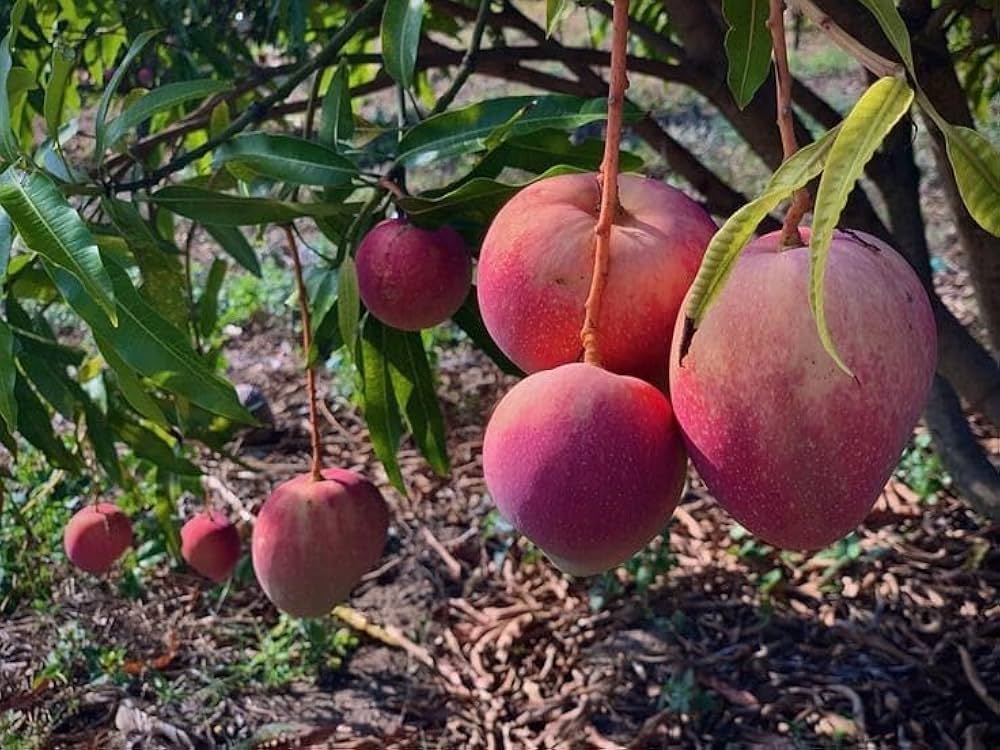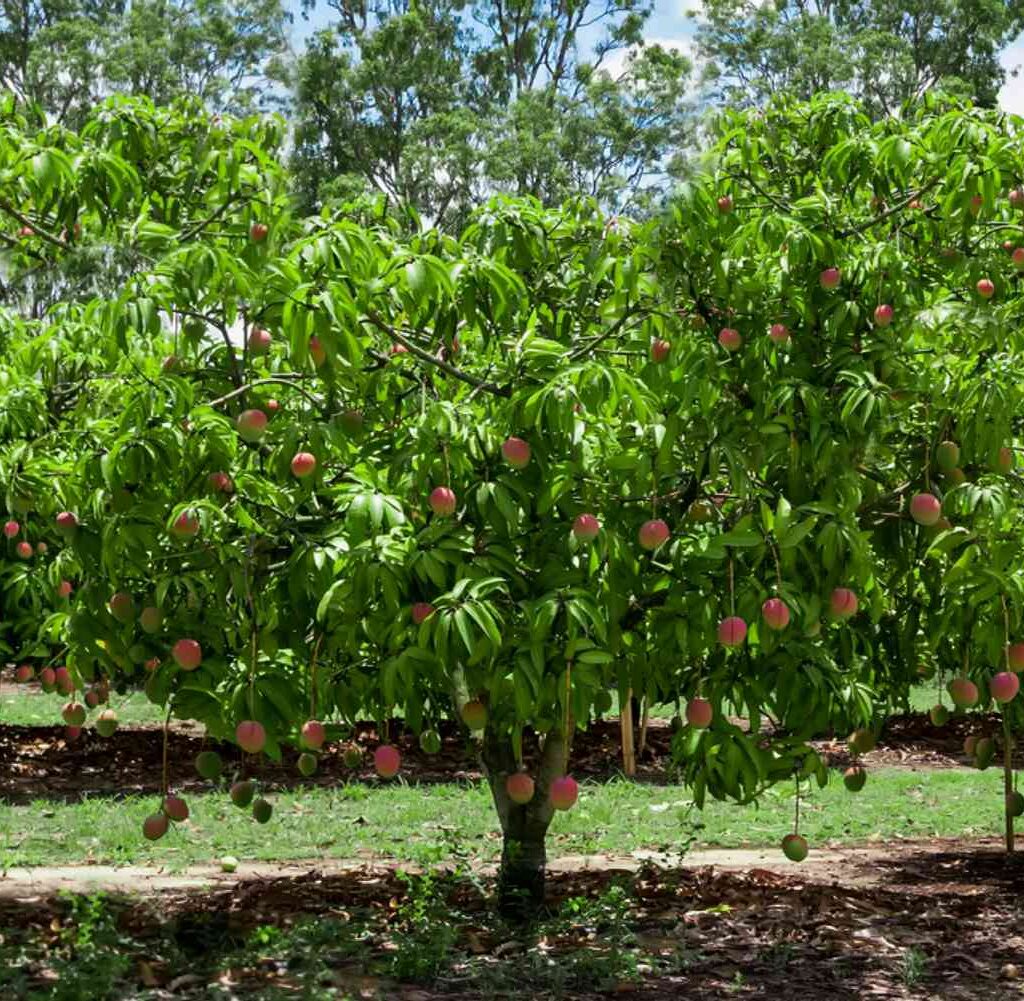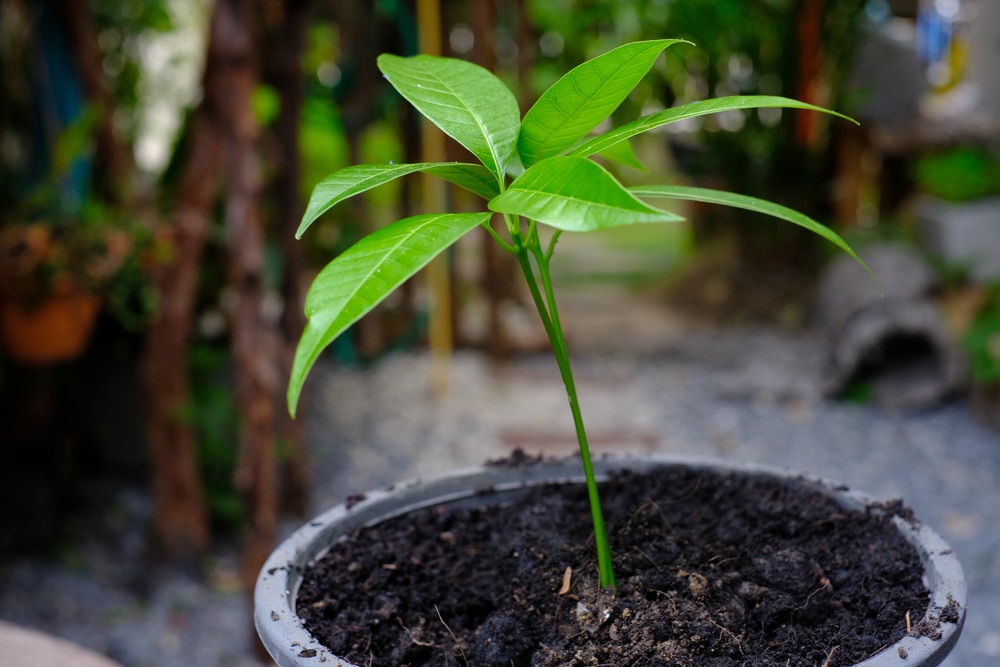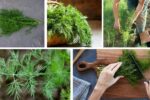Mangoes are one of the most beloved tropical fruits in the world, often referred to as the “King of Fruits.” Juicy, fragrant, and delicious, mangoes are not only a summertime delight but also a symbol of abundance and prosperity in many cultures. While commercial mango orchards are usually propagated through grafting, growing a mango tree from seed can be a highly rewarding experience for home gardeners. Watching a mango sprout emerge from a seed and develop into a lush, fruit-bearing tree is nothing short of magical.
This article provides a step-by-step seed growing tutorial for mango trees, along with tips on care, growth requirements, and how to encourage a healthy, fruitful harvest.
Why Grow Mango Trees from Seed?

Growing mango trees from seed may not guarantee the exact variety of the parent fruit, since many mangoes are hybrids. However, there are several reasons gardeners love starting mangoes from seed:
- Satisfaction of Growing from Scratch – Nurturing a mango seed into a thriving tree gives a sense of accomplishment.
- Cost-Effective – It saves money compared to buying grafted saplings.
- Ornamental Value – Mango trees are lush, green, and shade-providing, making them perfect landscape trees.
- Fruit Potential – Though it may take longer (5–8 years) to fruit compared to grafted plants, many seed-grown trees still produce delicious mangoes.
Step 1: Choosing the Right Mango

The first step begins with selecting a healthy, ripe mango. Choose a variety that thrives in your climate. If you live in a tropical or subtropical region, almost any mango seed will grow well. However, for cooler climates, opt for dwarf or container-friendly varieties such as Nam Doc Mai or Palmer, which adapt better to limited space and indoor protection.
- Tip: Avoid using refrigerated mangoes from supermarkets as the cold may damage the seed’s viability. Fresh, ripe, locally grown mangoes are best.
Step 2: Extracting and Cleaning the Seed
After enjoying the fruit, you’ll need to prepare the seed for planting.
- Remove the mango pulp carefully without damaging the husk.
- Use a knife to scrape off excess flesh.
- Wash the husk thoroughly under running water.
Inside the husk lies the true seed, which resembles a large bean. Planting the husk directly is possible but sprouting is faster if you remove the seed from it.
Step 3: Preparing the Seed for Germination

- Open the Husk – Use a knife or garden shears to gently crack open the fibrous husk. Be careful not to cut the inner seed.
- Inspect the Seed – The seed may contain more than one embryo. A polyembryonic seed can produce multiple sprouts, while a monoembryonic seed produces just one.
- Pre-Germination Method – Wrap the seed in a damp paper towel, place it in a plastic bag, and keep it in a warm, dark place for 1–2 weeks. This speeds up sprouting.
Step 4: Planting the Mango Seed

Once the seed shows signs of sprouting (tiny roots or shoots), it’s ready to plant.
- Potting Soil – Choose a well-draining mix such as sandy loam with added compost. Mangoes dislike soggy soil.
- Container – Start with a 10–12 inch pot with drainage holes.
- Planting Depth – Place the seed flat, about 1 inch deep, with the bulging side down and the concave side facing up.
- Watering – Water lightly to keep the soil moist but not waterlogged.
If planting directly in the ground, select a sunny, well-drained location and dig a hole twice the size of the seed.
Step 5: Caring for Mango Seedlings
As your mango seedling emerges, proper care is essential for strong growth.
- Sunlight – Mango seedlings need at least 6–8 hours of direct sunlight daily.
- Watering – Keep the soil moist but not soggy. Overwatering can cause root rot. During the first year, water deeply once or twice a week.
- Temperature – Mangoes thrive in warm climates. Protect seedlings from frost and cold drafts. Indoor growers can place pots near sunny windows or use grow lights in colder months.
- Fertilizing – Use a balanced fertilizer (10-10-10) every 4–6 weeks during the growing season. Gradually increase nitrogen and potassium as the tree matures.
- Pruning – Pinch back the top leaves when the seedling reaches 12–18 inches to encourage branching.
Step 6: Transplanting

After 6–12 months, when the seedling outgrows its pot, transplant it into a larger container or into the ground.
- Site Selection – Choose a sunny, open area with well-drained soil.
- Spacing – If planting multiple trees, keep them at least 25–30 feet apart for proper canopy spread.
- Mulching – Apply organic mulch around the base to retain moisture and regulate temperature.
Step 7: Long-Term Mango Tree Care
- Watering Schedule – Mature mango trees are drought-tolerant but benefit from deep watering during dry spells, especially when flowering and fruiting.
- Fertilization – Use high-potassium and phosphorus fertilizers before flowering to encourage fruit set. Reduce nitrogen during fruiting to avoid excessive leaf growth.
- Pest Control – Watch out for aphids, mealybugs, and scale insects. Neem oil or insecticidal soap works as a natural remedy.
- Disease Prevention – Mango trees may face fungal issues like anthracnose. Ensure good air circulation and avoid overhead watering.
Step 8: Encouraging Fruit Production
Seed-grown mango trees usually take 5–8 years to bear fruit. To increase chances of flowering and fruiting:
- Provide consistent sunlight.
- Avoid excessive nitrogen, which promotes leafy growth over fruiting.
- Prune branches to maintain shape and allow light penetration.
- Be patient—mangoes grown from seed are slower but often more resilient.
Growing Mango Trees in Containers
If you live in a colder climate or lack outdoor space, mango trees can be successfully grown in containers:
- Choose dwarf varieties like Julie, Palmer, or Nam Doc Mai.
- Use large pots (minimum 20 gallons) with excellent drainage.
- Bring the plant indoors during winter and provide artificial light if necessary.
Common Mistakes to Avoid
- Overwatering – Leads to root rot and fungal diseases.
- Planting Too Deep – Prevents the seed from sprouting.
- Lack of Sunlight – Stunts growth and reduces fruiting potential.
- Using Cold-Damaged Seeds – Seeds from refrigerated mangoes often fail to germinate.
Benefits Beyond Fruit
Even if your seed-grown mango tree doesn’t produce identical fruit to the parent mango, it still offers multiple benefits:
- Shade Tree – Mango trees grow large and provide excellent shade.
- Air Purification – They improve air quality around your home.
- Aesthetic Appeal – Their lush green canopy makes any garden tropical and inviting.
Conclusion
Growing a mango tree from seed is a journey that requires patience, care, and dedication. From selecting a ripe mango to nurturing its sprout into a tall, leafy tree, every step brings a sense of connection with nature. While it may take several years for your tree to bear fruit, the process itself is deeply rewarding. Whether you’re in a tropical climate where mango trees thrive naturally or growing one indoors in a pot, the joy of raising a mango tree from seed is unmatched.
With the right sunlight, soil, and care, your mango seed can transform into a majestic tree that not only beautifies your surroundings but may one day gift you with sweet, homegrown mangoes.




Leave A Comment